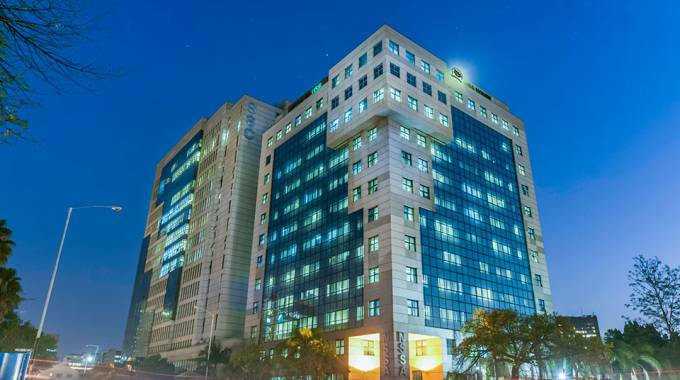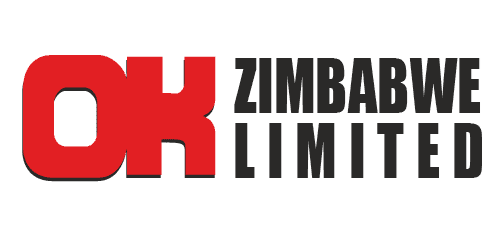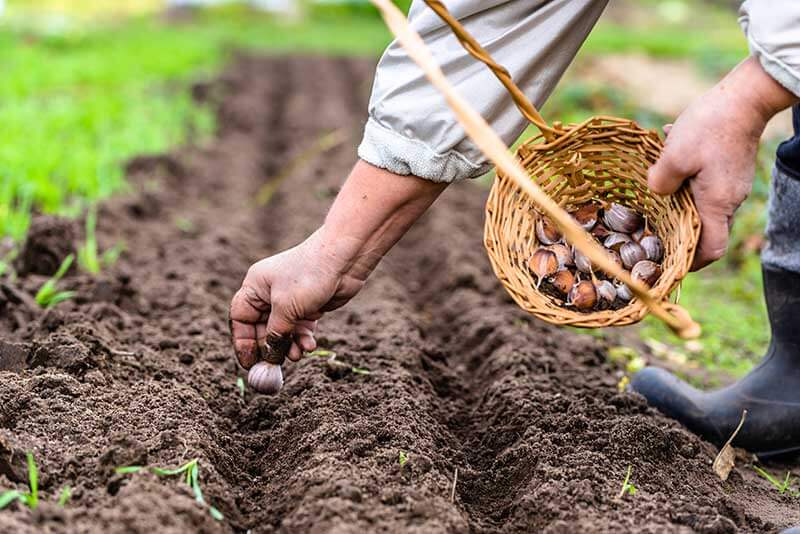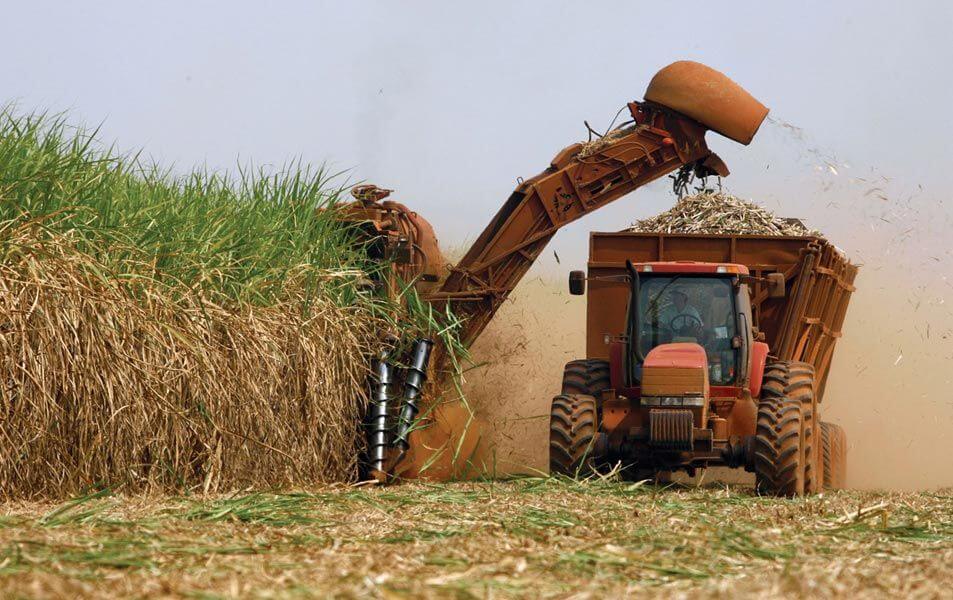High interest rates choke sugar industry, NCC
High loan interest rates by local banks are inhibiting sugar value chain members from being competitive compared to their peers in the region, according to a report by the National Competitiveness Commission.
The report launched in Harare on Thursday, say the interest rates in the country range between 40 and 60 percent over and above the fact that the loans were short-term. The indications are regional loans are long-term and interest rates range between 3 and 13 percent.
Specifically, South Africa interest rates are the lowest at 3, 24 percent followed by Eswatini’s 5, 49 percent while Zambia’s price stands at 8,5 percent.
Among the mentioned regional peers, Moçambique has higher interest rates at 13, 25 percent, which are, however, far lower than obtaining locally.
Consequently, sugar pricing by these countries is noticeably better than that of Zimbabwe, rendering the country uncompetitive when it comes to the pricing of the product.
In terms of sugar prices, the aforementioned regional countries are thrice competitive compared to Zimbabwe.
In April 2021, the Zimbabwe Government declared sugar as a strategic crop, a development that dovetails with vision 2030.
The sugar value chain competitiveness report also revealed that the intermittent supply of electricity had led players in the sugar manufacturing chain to rely on substitute energy sources such as expensive generators.
Critically, this is met by unrelenting challenges like perennial maintenance costs of diesel generators, coupled with higher fuel costs compared to the regional average.
According to the findings of the report, Zimbabwe’s fuel prices are pegged around $1,30 per litre compared to the regional average where the commodity is obtainable at around US$0,70 per litre.
Dilapidated rail infrastructure and water canals have failed to cater for the growing number of farmers and sugarcane hectarage.
While presenting the findings NCC chief economist International competitiveness, Douglas Muzimba, said the high-interest rates on loans are detrimental to the competitiveness and growth of the sector.
“High – interest rates, if you look at the interest rates when borrowing in our country, it averages between 40 and 60 percent and this is also worsened by the fact that mostly the loans are short term.
“Then you compare with other countries in terms of the sugar yield, countries like Zambia, Malawi and Eswatini fare better compared to us, coupled with this are low interests rates Mozambique around 13,25 percent, Zambia 8,5 percent South Africa 3,4 percent Eswatini 5,49 so those low-interest rates they buttress the competitiveness those countries have over Zimbabwe, said Muzimba.
He said that power utility companies in the country ask for premiums if firms and farmers request for dedicated power supplies, a cost that is added to the final product which leads to high product price.
“There is the relatively high cost of fuel, which is a factor inhibiting our sugar sector, because fuel has extreme over effects across almost all sectors of the economy.
“In as much as sugar players have tried to enter into arrangements with power utility where they opt for the uninterrupted provision of power, it comes at a premium which adds to the cost of sugar production,” he said. The report showed that water canals (largely used by outgrowers) have dilapidated or remained constant over time in face of increasing hectarage and growing sugar farmers’ activity.
Apparently, the available infrastructure is no longer copying with the increased number of farmers and hectarage thus inhibiting the competitiveness of sugar production.
Besides, dilapidated rail infrastructure requires immediate remedy as it is critical for the cheap transportation of inputs and finished products.
According to the sugar value chain competitiveness report, a strong link exists between agriculture and the rest of the economy, as evidenced by the growth multipliers which range between 1,5 percent to 2,7 percent hence more attention should be directed towards the improvement of the sector.
The commission’s findings show that the competitiveness of the sugar value chain is adversely affected by macro-economic challenges such as exchange rate disparity between the auction and the parallel market, foreign currency shortages.
Furthermore, inefficient infrastructure and high input costs such as cane seed, fertilisers and herbicides among others, generally affect farm productivity and exert pressure on the competitiveness of the value chain.
According to the report, the sugar value chain, like other industries, has been severely affected by broad macroeconomic factors such as the high cost of borrowing that limits access to working capital as well as long-term financing and retooling.
A number of mentioned factors are contributing to high production costs within the value chain, which is adversely impacting sugar yields with outgrowers averaging around 66 tonnes per hectare.
These low yields (compared to 100) weigh down on the sector’s competitiveness.
Zimbabwe’s sugar per capita is currently 23 kg per year and is relatively low compared to an average of 30 kg per year in the region, to this end, the performance of the sugar value chain has an impact on the downstream sectors of the economy.
The major consumers of sugar in Zimbabwe are food beverages, pharmaceuticals, hospitality, and confectionery sectors.
0-Food and beverages consume approximately 62, 5 percent, pharmaceuticals 12, 5 percent, and other hospitality and 25 percent of sugar is used in the domestic market.-ebusinessweekly










